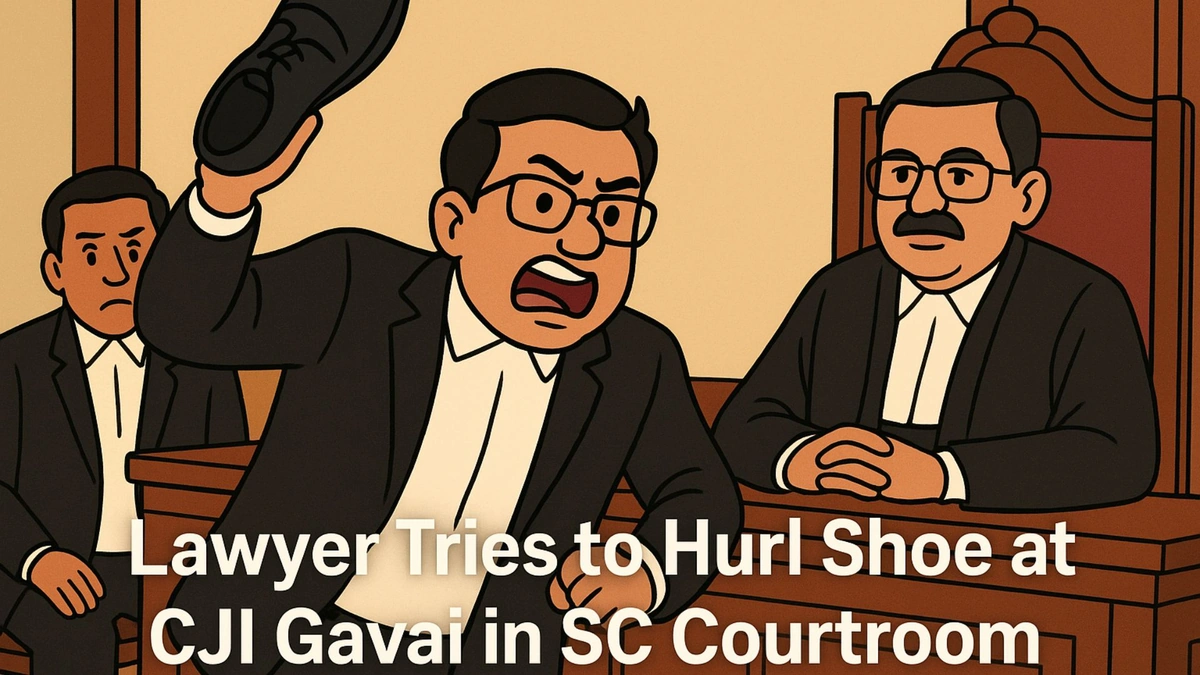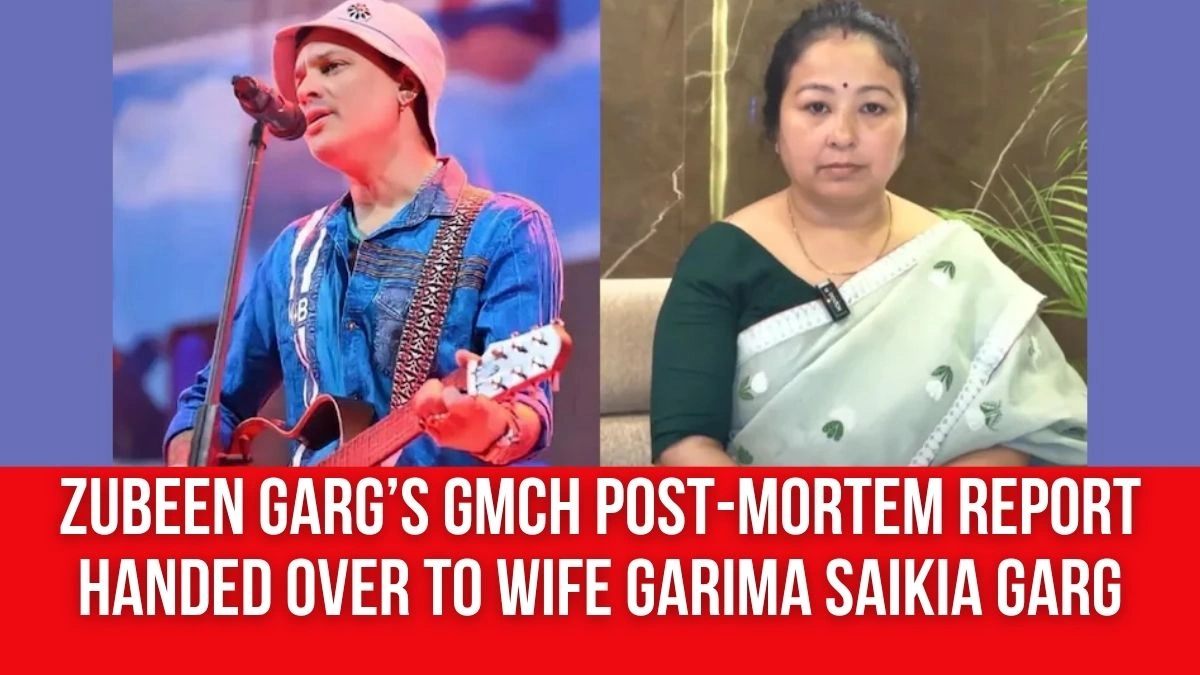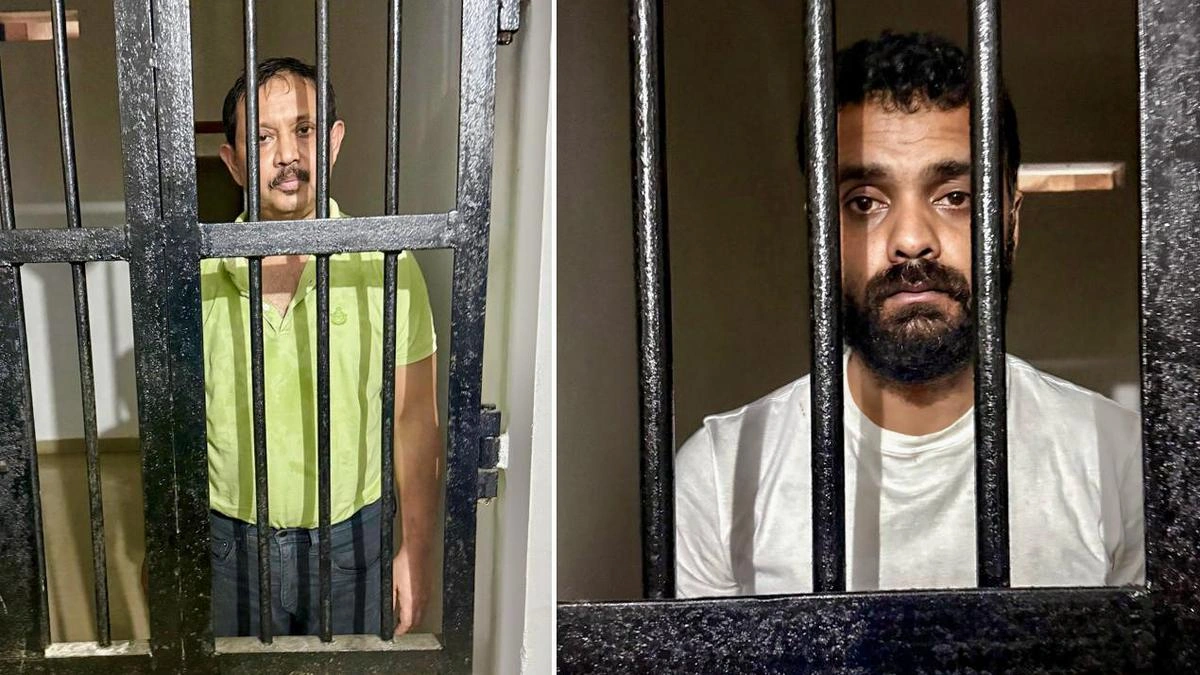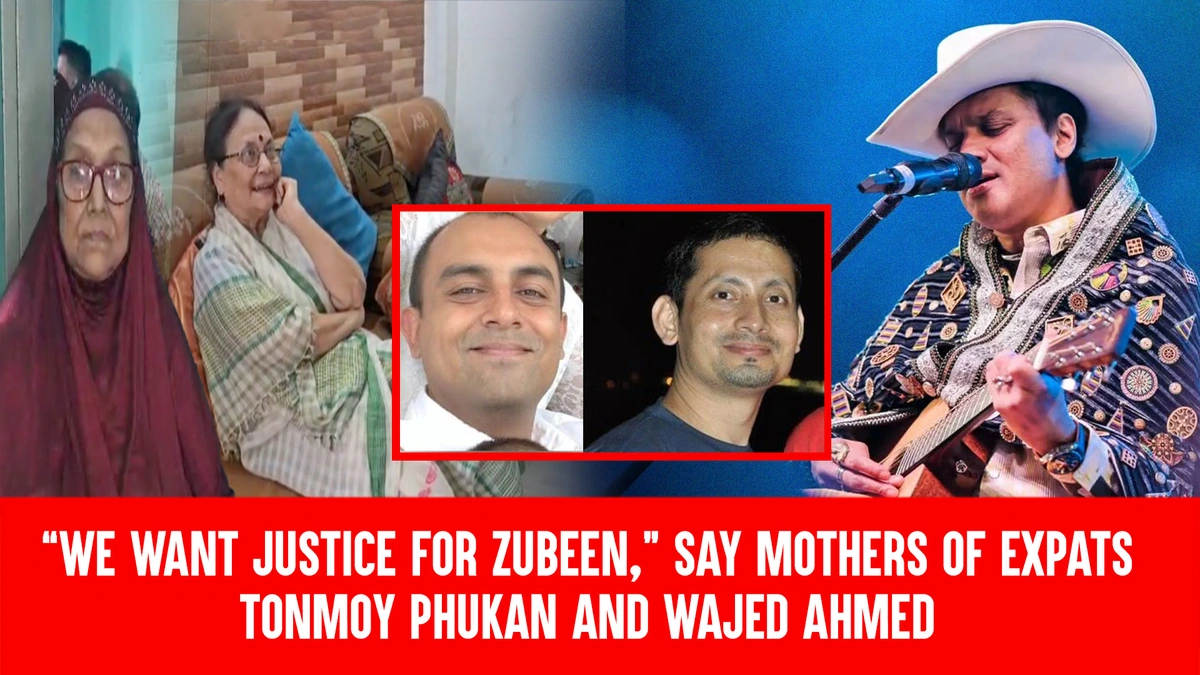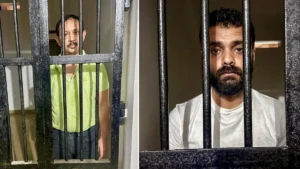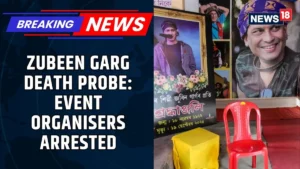Lawyer Throws Shoe at Chief Justice of India, Claims ‘Sanatan’ Insult
Okay, let’s be honest, you don’t see that every day. A courtroom shoe attack is certainly not the kind of legal precedent anyone wants to set. But what really happened when a lawyer hurled a shoe at the Chief Justice of India (CJI), and more importantly, why did it happen? The news reports are buzzing, but let’s dig a little deeper. What’s the story beyond the sensational headline?
Understanding the ‘Sanatan’ Controversy
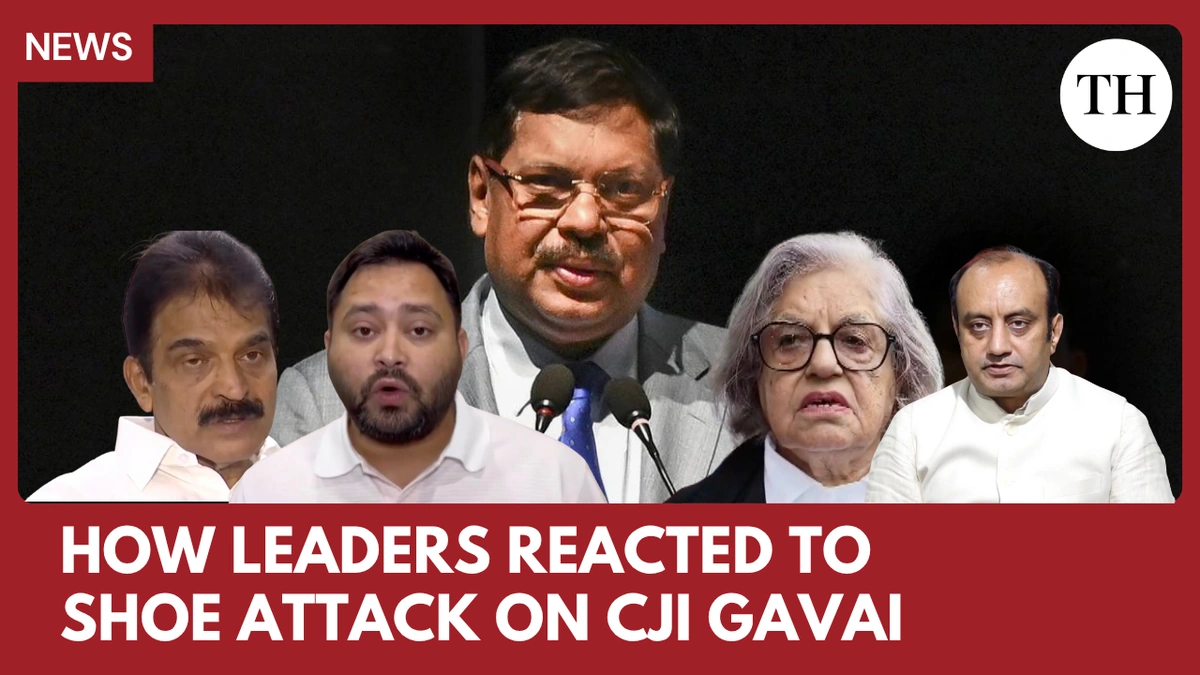
The lawyer, as reported, claimed the act was in protest against perceived insults to ‘Sanatan Dharma.’ Now, here’s where things get complex. ‘Sanatan Dharma’ roughly translates to ‘eternal religion’ or ‘eternal order,’ and it’s essentially a name some Hindus use for Hinduism. The debate over what constitutes an ‘insult’ is where the core of the issue lies. What fascinates me is, we often see a clash of interpretations when religious sentiments are involved. This is hardly the first, and sadly, unlikely to be the last instance of this. Is the lawyer’s method acceptable? Absolutely not. Is the sentiment understandable, given the sensitivity surrounding religious matters in India? That’s a much tougher question.
Here’s the thing: India is a land of diverse beliefs, and respecting those beliefs – even when they differ wildly from our own – is crucial. But where do you draw the line between free speech and hate speech? Between artistic expression and religious offense? It’s a tightrope walk, and this incident highlights how easily things can escalate when that balance is disrupted. According to reports, the incident occurred during a hearing. Imagine the disruption!
The Legal Repercussions | Contempt of Court and Beyond
Throwing a shoe in a courtroom, especially at the Chief Justice, isn’t just bad manners; it’s a serious offense. The immediate legal consequence is likely to be a charge of contempt of court. But this could also potentially lead to charges related to disturbing the peace, assault, or even sedition, depending on how authorities interpret the lawyer’s motives and actions.
And here’s the kicker: legal proceedings are often long and drawn out. According to Wikipedia , cases of contempt of court can take months, if not years, to resolve. This means the lawyer could be facing a lengthy legal battle, regardless of the validity of their grievances. The implications for their legal career are, needless to say, catastrophic. It’s a dramatic – and unfortunate – turn of events.
Why This Matters | Free Speech, Dissent, and the Judiciary
But why does this incident matter beyond the immediate shock value? It underscores the fragile nature of dissent in a democracy. While everyone has the right to express their opinions – even strong ones – there are limits to how that expression can manifest. The courtroom is a place of law and order. Disrupting those proceedings , especially with a physical act of aggression, undermines the very foundations of the judiciary.
Consider this: the judiciary is meant to be a neutral arbiter of justice. When it becomes a target of direct attacks, it erodes public trust and makes it harder for the courts to function effectively. Furthermore, this could easily embolden others to take matters into their own hands, resulting in chaos and a breakdown of the rule of law. That is why maintaining the sanctity and decorum of courtrooms is paramount.
The Role of Media and Public Discourse
In the age of social media, incidents like this spread like wildfire. What fascinates me is, the media plays a crucial role in shaping public opinion. Sensationalizing the event can easily fuel further outrage and polarization. Responsible reporting, on the other hand, requires providing context, exploring the underlying issues, and avoiding inflammatory language. It’s a tough balancing act. How can we foster constructive dialogue instead of a shouting match?
Let me rephrase that for clarity: the way the media frames this incident will have a significant impact on how it’s perceived by the public. Is it a sign of growing intolerance? Or is it an isolated incident fueled by personal frustration? The answer likely lies somewhere in between. What’s more, the response on social media can often be a barometer of public sentiment. Are people condemning the act, or are they expressing sympathy for the lawyer’s cause? The comments section often provides a raw, unfiltered glimpse into the collective mindset.
Finding a Path Forward | Dialogue and Reconciliation
Ultimately, incidents like this call for greater dialogue and understanding. It’s easy to condemn the lawyer’s actions (and I certainly don’t condone them). But it’s also important to acknowledge the underlying concerns that might have led to such a desperate act. Creating a space for open and respectful discussion – even about sensitive topics – is essential for preventing future escalations.
A common mistake I see people make is, they assume that everyone shares their own beliefs and values. The beauty of India is its diversity, but that also means that misunderstandings are inevitable. Actively listening to different perspectives, even when they challenge our own, is crucial for building bridges and fostering a more inclusive society. And let’s be honest, that’s something we could all use a little more of these days.
In conclusion, the lawyer throwing a shoe at the Chief Justice of India is more than just a bizarre news story. It’s a symptom of deeper societal tensions related to religious beliefs, free speech, and the role of the judiciary. Finding a path forward requires a commitment to dialogue, understanding, and a renewed respect for the rule of law. The key is to have respect for the judiciary. And remember, this incident reflects the importance of free speech.
FAQ
What exactly happened in the courtroom?
A lawyer threw a shoe at the Chief Justice of India during a hearing, allegedly protesting perceived insults to ‘Sanatan Dharma’.
What is ‘Sanatan Dharma’?
‘Sanatan Dharma’ is a term used by some Hindus to refer to Hinduism, often translated as ‘eternal religion’ or ‘eternal order’.
What charges could the lawyer face?
The lawyer could face charges of contempt of court , disturbing the peace, assault, or even sedition, depending on the interpretation of their motives.
Why is this incident significant?
It highlights the fragile nature of dissent in a democracy and the importance of maintaining the sanctity of the judiciary. Check out more on the live chandra grahan
How has the media reacted?
Media coverage has varied, with some outlets sensationalizing the event and others providing more nuanced analysis.
Where can I find more reliable information?
Stick to reputable news sources and legal websites for factual reporting and analysis.
